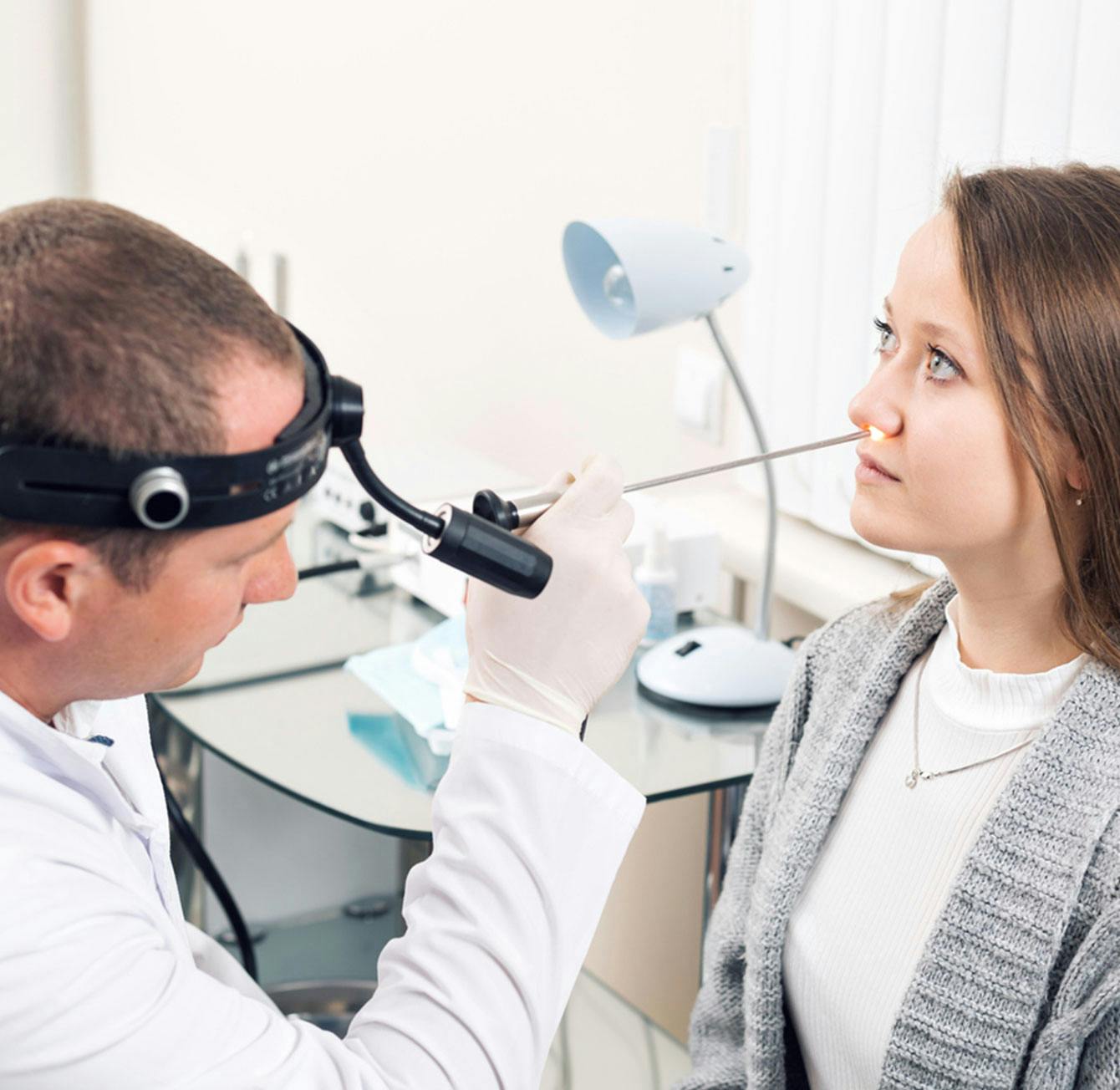Septoplasty is a surgery that corrects a deviated septum. During the procedure, your doctor will carefully straighten and re-position the nasal septum to improve airflow through the nose and deliver lasting relief from breathing problems, nosebleeds, sinus infections, and more.
Benefits of Septoplasty
When performed by a skilled ENT surgeon, the septoplasty procedure significantly improves symptoms and quality of life. Our patients report high satisfaction levels after their operation along with substantial relief from breathing difficulties, nasal congestion, nosebleeds, and sinus infections.
Individual results will vary depending on the severity of your deviation. In addition, the septum may continue to shift over time. When this occurs, some patients find that they require a revision septoplasty to realign the septum and relieve their symptoms once again.









